👋 Hey all,
Welcome back to the mobile development blog! Today, we understand the fundamentals of VPN technology. This guide covers essential concepts, key protocols, and security aspects you need to understand before integrating WireGuard into your Android and iOS apps.
Table Of Contents
- What is VPN
- What is an IP Address
- Types of VPN Protocols
- Key Components of a VPN
- How Does a VPN Work
- Development-Oriented Terms in VPNs
- Conclusion
# What is VPN
A virtual private network (VPN) creates a secure, encrypted connection over a public network, providing additional privacy and security. It masks your IP address and encrypts your data for enhanced privacy and security.
Key Features of a VPN:
- Encryption: Secures data transmission to prevent unauthorized access.
- Anonymity: Hides your IP address to protect your online identity.
- Secure Access: Allows safe connection to private networks from anywhere.
- Bypass Restrictions: Helps access geo-blocked content and restricted services.
# What is an IP Address
An IP (Internet Protocol) address is the unique identifying number assigned to every device connected to the Internet or a local network. It allows devices to communicate with each other over the internet or local network.
Types of IP Addresses
- Public IP address: It is unique across the internet, assigned by your Internet Service Provider (ISP) and used for devices (such as mobiles, PCs, hardware, etc.) to communicate on the public internet.
- Private IP address: It is Used within a local or private network (like a home or office network) and is not visible from the internet.
# Types of VPN Protocols
A VPN protocol defines how data is securely transmitted between your device and the VPN server.
There is a wide range of VPN Protocols available across the market & different protocols offer varying levels of security, speed, and compatibility.
-
OpenVPN
- Security: Strong encryption (AES-256)
- Speed: Moderate
- Compatibility: Works on Windows, macOS, Linux, Android, iOS
- Best For: General use, privacy-focused applications
-
WireGuard (Modern & Lightweight)
- Security: State-of-the-art cryptography (ChaCha20)
- Speed: Very fast (lightweight & efficient)
- Compatibility: Android, iOS, Windows, Linux, macOS
- Best For: Mobile VPNs, gaming, and high-speed connections
-
IPsec (IKEv2/IPsec, L2TP/IPsec)
- Security: Strong encryption (AES-256)
- Speed: Fast but depends on the implementation
- Compatibility: Supported on most operating systems
- Best For: Mobile users (IKEv2 handles network changes well)
-
PPTP (Point-to-Point Tunneling Protocol) – Outdated
- Security: Weak (easily broken)
- Speed: Very fast
- Compatibility: Built into most OS but insecure
- Best For: Not recommended due to security risks
-
SSTP (Secure Socket Tunneling Protocol)
- Security: Strong (AES encryption, SSL/TLS-based)
- Speed: Decent
- Compatibility: Mainly Windows-based
- Best For: Windows users who need built-in VPN support
Which VPN Protocol Should You Use?
- For security & privacy: OpenVPN or WireGuard
- For speed & efficiency: WireGuard
- For mobile reliability: IKEv2/IPsec
- For Windows-only users: SSTP
# Key Components of a VPN: Client, Server, and Tunnel
A VPN (Virtual Private Network) consists of three main components that work together to create a secure and private connection over the Internet. Understanding these elements is essential before integrating a VPN into your mobile application.
# VPN Client – The User’s Gateway to Privacy
A VPN client is an application or software installed on a user's device (mobile, computer, etc.) that initiates and manages the VPN connection. It encrypts outgoing data before sending it through the VPN tunnel and decrypts incoming data from the server.
Example: WireGuard, OpenVPN, or built-in VPN clients on Android & iOS.
# VPN Server – The Secure Middleman
A VPN server is a remote server that acts as an intermediary between the VPN client and the internet. It receives encrypted data from the client, decrypts it, forwards it to the intended destination (websites, services, etc.), and then encrypts responses before sending them back.
Example: A WireGuard or OpenVPN server hosted on a cloud provider or private network.
# VPN Tunnel – The Encrypted Pathway
A VPN tunnel is a secure, encrypted connection between the VPN client and server. It prevents third parties, such as ISPs, hackers, advertizement agencies, or government agencies, from intercepting or accessing transmitted data.
Example: When a user connects to a VPN, their internet traffic is routed through an encrypted tunnel, making online activities private and secure.
# How Does a VPN Work
A Virtual Private Network (VPN) creates a secure, encrypted connection between a user's device and a remote server, allowing private and safe internet access.
Here’s how it works step by step:
- The request is sent from a remote location.
- The request travels over the internet.
- The request reaches the VPN.
- The VPN authenticates the user.
- The VPN establishes a secure connection.
- The VPN server forwards the data.
- The Network Access Server receives it.
- The server routes the data to its destination.
- The resources are sent back.
- The resources reach the original location.
# Development-Oriented Terms in VPNs
As we dine into the basics of VPN & the protocols, the popular VPN protocol is WireGuard. To integrate a VPN like WireGuard into your mobile app (Android & iOS), understanding these key development terms is essential.
In WireGuard VPN, the connection is defined using two key components: Interface and Peer. These terms describe how devices communicate securely within a VPN network. The Interface is the local device’s configuration & The Peer is the remote party it connects to securely. And both ends (client & server) must have each other's public keys to authenticate.
# Interface (VPN Configuration on a Device)
The Interface refers to the VPN configuration on a local device (VPN client or server). It defines the details needed to establish a connection, such as the IP address, private key, and listening port.
Key Parameters in an Interface:
-
PrivateKey: A unique private key for authentication. -
Address: The internal VPN IP address assigned to the device (e.g., 10.0.0.2/24). -
ListenPort: The port the WireGuard server or client listens on (e.g., 51820). -
DNS: (Optional) The DNS server to use while connected to the VPN.
Example (Client Configuration - wg_client.conf):
[Interface]
PrivateKey = CLIENT_PRIVATE_KEY
Address = 10.0.0.2/24
DNS = 1.1.1.1
# Peer (Remote VPN Connection)
A Peer represents a remote device in the WireGuard VPN network. It contains the public key of the other party (server or client) and defines information related to allowed IPs and endpoints.
Key Parameters in a Peer:
-
PublicKey: The public key of the remote peer (server or another client). -
AllowedIPs: Specifies which IPs can communicate through this peer. -
Endpoint: The IP/hostname of the remote peer (needed for clients connecting to a server). -
PersistentKeepalive: (Optional) Keeps the connection alive for NAT traversal (useful for mobile clients).
Example (Client Configuration - wg_client.conf):
[Peer]
PublicKey = SERVER_PUBLIC_KEY
AllowedIPs = 0.0.0.0/0
Endpoint = vpn.example.com:51820
PersistentKeepalive = 25
# Encryption (Securing VPN Data)
Encryption is the process of encoding data so only authorized devices can read it and in case of WireGuard, it uses ChaCha20 encryption, which is fast, secure, and efficient for mobile devices. The encrypted data securely travels through the VPN tunnel to ensure privacy.
Example:
🔒 Without VPN: Your ISP sees all your browsing activity.
🔐 With VPN (Encrypted): Data appears scrambled, unreadable to outsiders.
# Tunneling (Creating a Secure Data Pathway)
Tunneling is the process of encapsulating network traffic inside a secure VPN tunnel. This tunnel prevents third parties such as ISPs, hackers, governments & other agencies from intercepting your data. VPN tunnels may use different protocols like WireGuard, OpenVPN, or IPSec.
# Let's Wrap!
WireGuard is the most popular PVN protocol to use nowadays. WireGuard simplifies VPN implementation with modern cryptography, high performance, and ease of use, making it an excellent choice for both Android and iOS applications.
📢 Next, read our detailed guide:
VPN Fundamentals for Android & iOS Developers: Everything You Need to Know Before Integrating WireGuard
As you move forward with VPN integration, having a solid grasp of concepts like Interface, Peer, encryption, and tunneling will help you build a secure and efficient VPN solution.
If you found this blog helpful or have any further questions, we would love to hear from you. Feel free to reach out and follow us on our social media platforms for more tips and tutorials on tech-oriented posts.

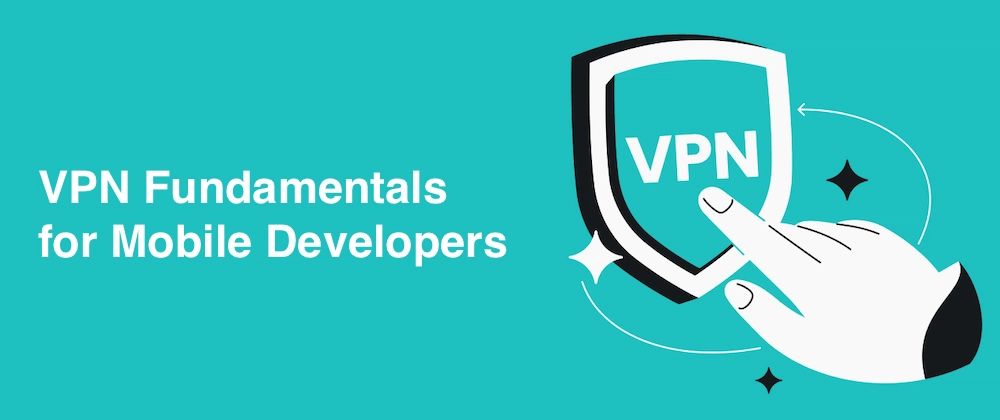
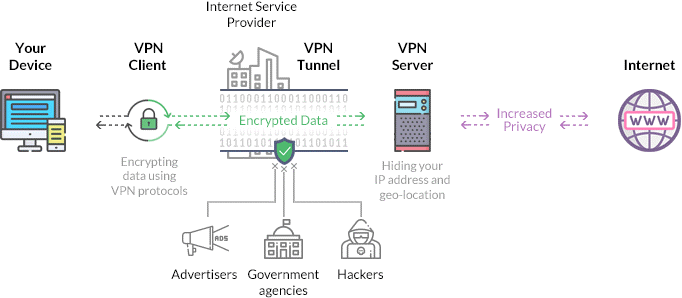
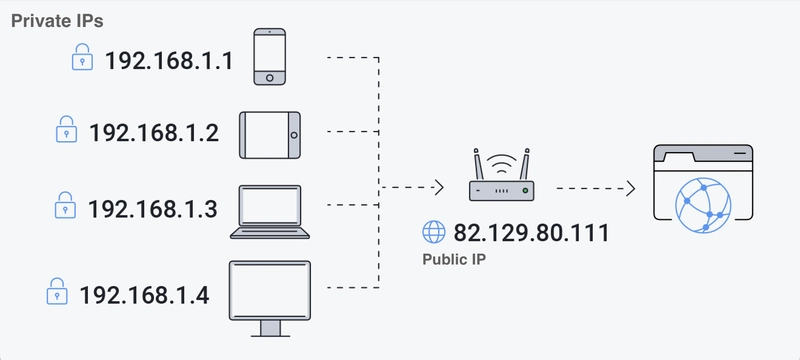

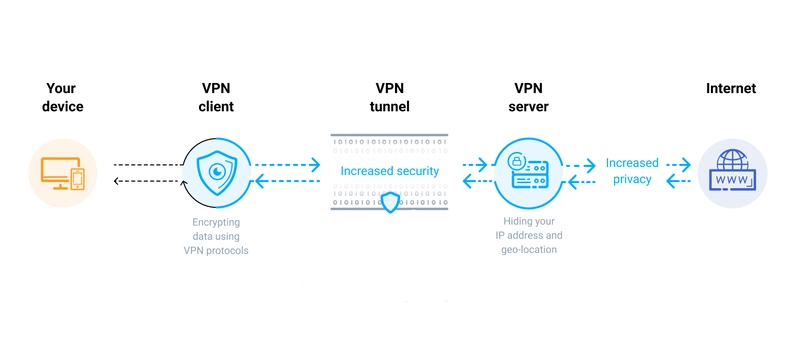
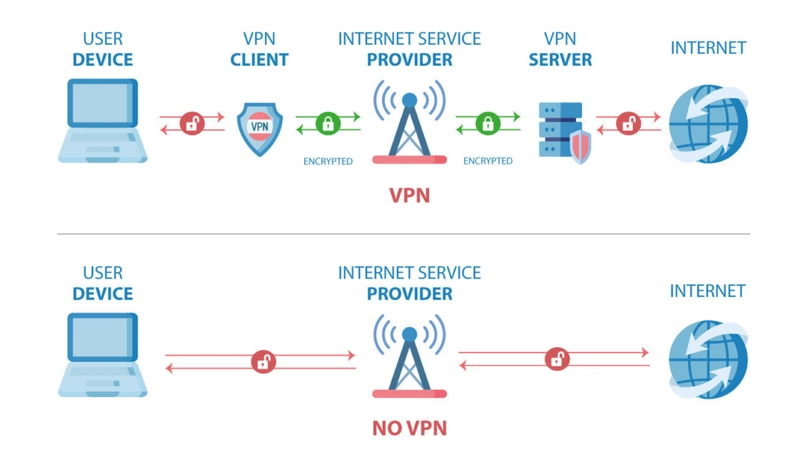
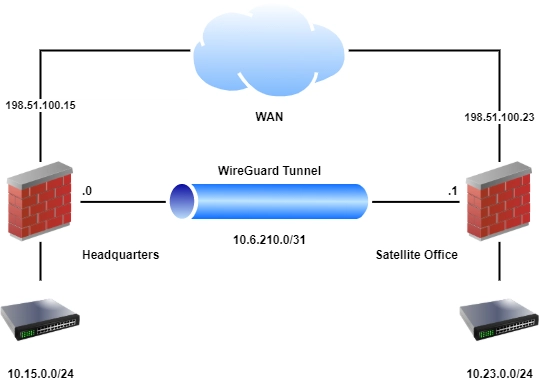




Top comments (0)